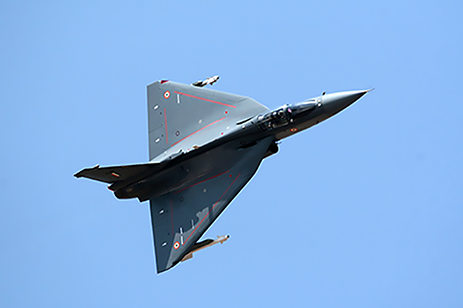
Over many decades, Air Force fleet managers have discovered that total cost of an aircraft asset can go far beyond the initial procurement costs. For many 20th-century combat aircraft, the maintenance costs over their life can be significant for each aircraft, which places a huge burden on defense budgets.
It is recognized that 21st-century platforms must not only contain modern materials and modern systems but also must be compatible with modern condition-based maintenance (CBM) approaches to aircraft maintenance which monitor key structural and performance parameters. This makes it possible to leave aircraft in service, returning for maintenance only when the monitoring system triggers a specific maintenance action.
These health and usage monitoring systems (HUMS) play a crucial role for 21st-century fleet managers, freeing up maintenance time and keeping assets flying for many decades in an economically feasible manner.
This case study addresses a challenge developers of a recent light combat aircraft (LCA) faced, which included determining what data needed to be captured, how to scale from the laboratory to a fleet and making an operator-friendly (or ‘non-expert only’) system.
The case study shows how these challenges were met with a rapid prototyping system that was implemented with no recurring engineering costs thanks to an off-the-shelf modular system approach. This also resulted in time savings that allowed additional testing than originally planned. Future changes are also anticipated to have far fewer certification overheads as only part of the LRU will be altered.
Download the case study to learn more.